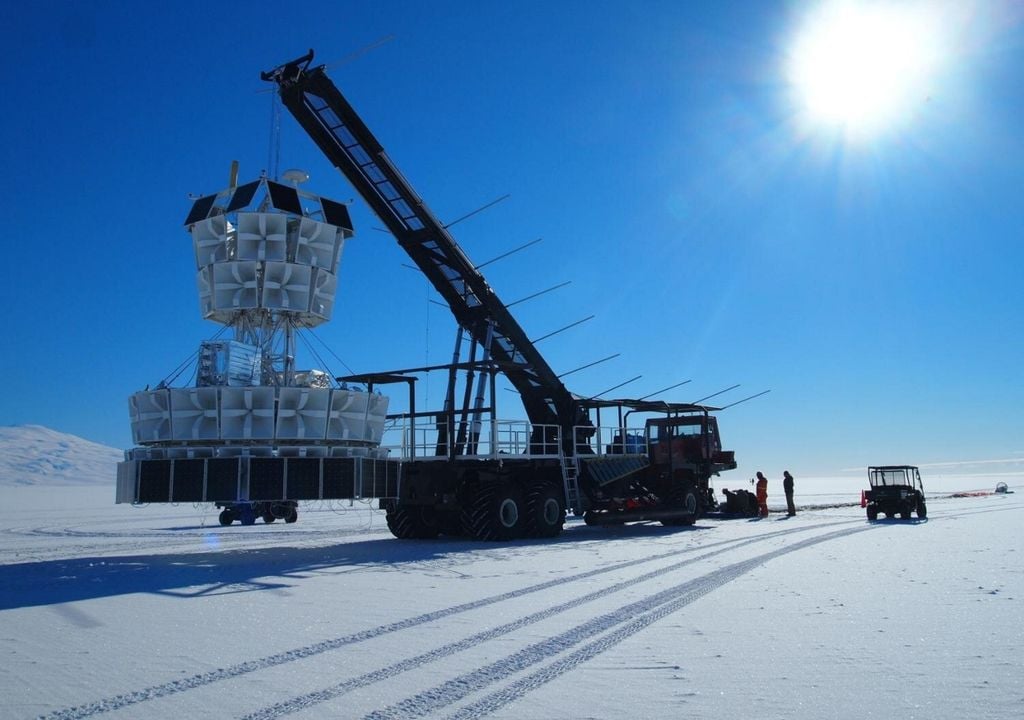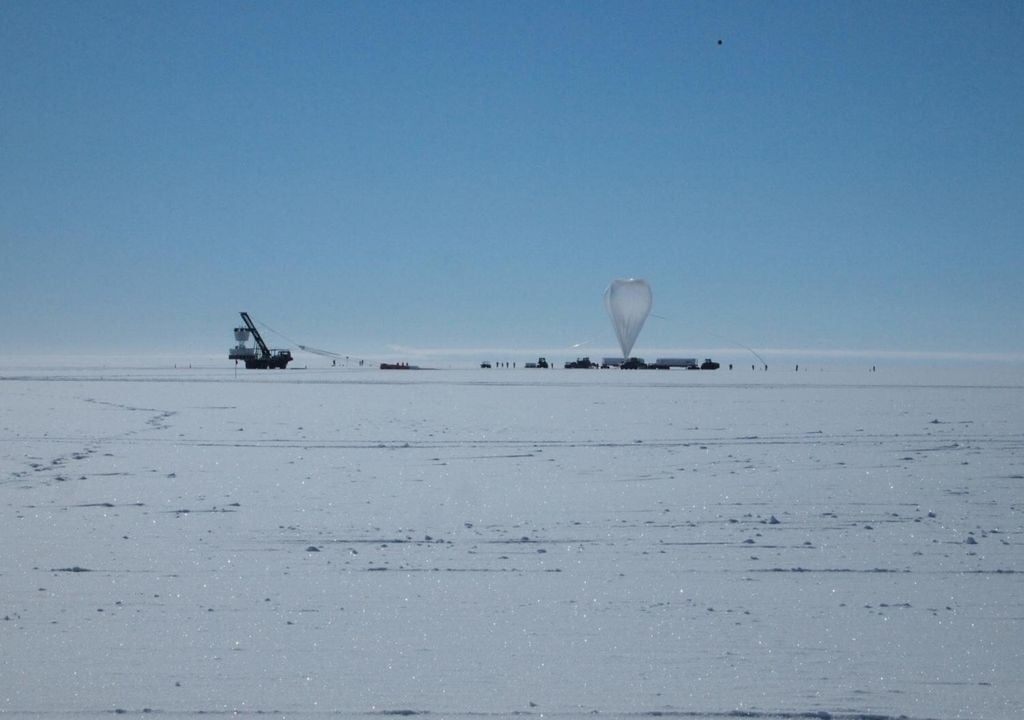
A group of international scientists, including researchers from Pennsylvania State University, said the Abnormal signal detection Who could change what we know today about the universe.
The discovery was made possible by Anita (Antarctic Impulsive Transient Antenna), an experience that uses balloons equipped with detection instruments to fly over Antarctic ice in search of particles from space.
But they discovered something unexpected. The radio waves, which generally arise from the interaction of cosmic rays with the earth’s atmosphere, seemed this time to emerge from under the ice. Important detail: According to the known laws of particle physics, this should not be possible.
Signs coming from below … or elsewhere?
« The signals that we detected had angles of incidence as low as 30 degrees under the ice “Explains Stephanie Wissel, physicist and astrophysicist of the Anita team. To reach the detector from this direction, the particles should have crossed thousands of kilometers of solid rock. This should have completely absorbed the signal, making it undetectable.
The initial hypothesis suggested the existence of neutrinos, subatomic particles notoriously difficult to capture due to their limited interaction with matter. But, according to Wissel, These signals do not seem to correspond to what is expected of a neutrino. “It is very likely that it is not one,” he said.
Neutrinos: invisible messengers of the cosmos
Neutrinos are particles without electrical load and a tiny mass. They are produced during extreme cosmic phenomena such as supernovaeblack holes and even the sun itself. Millions of them constantly cross our body without leaving any trace.
However, when one of these neutrinos interacts with another particle, it generates an “wreath”, a cascade of particles detectable by radio. Anita was Specially designed to detect these emissionsin particular those of Tau neutrinos, which produce a characteristic signal during their disintegration.
The mystery grows and science responds
Wissel and his team analyzed data from several Anita flights, thus filtering potential backgrounds and excluding other sources of interference known. They also compared their results with those of observatories such as Iiccube (also in Antarctica) and the Pierre Auger observatory in Argentina. However, none have recorded similar signals.

“It still reinforces the idea that we observe something that we do not understand,” said Wissel. Although some theories evoke dark matter or new exotic particles, The absence of parallel observations limits the possible conclusions.
A new detector for a new era
Faced with more questions than answers, researchers are already working on the next generation of detectors. The new experience, called Pueo, will be larger and more sensitive than anima, in the hope of capturing more of these enigmatic signals and, perhaps, to discover the real cause.
« It’s a whole mystery. But I am enthusiastic: if we manage to detect more anomalies, even neutrinos, thanks to the new detector, We could attend a major advance In our understanding of the universe, ”concludes Wissel.
Do we witness a new physics? Or just a still misunderstood phenomenon? The answer could be crossing Antarctic’s ice right now, waiting to be detected.
News reference:
A. Abdul Halim, Search for abnormal events detected by Anita using the Pierre Auger observatory2025

